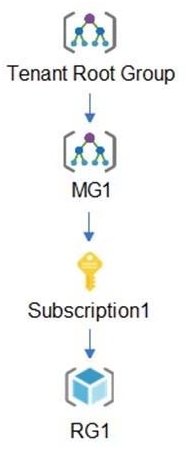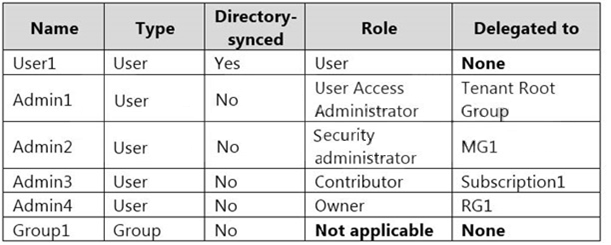This is a case study. Case studies are not timed separately. You can use as much exam time as you would like to complete each case. However, there may be additional case studies and sections on this exam. You must manage your time to ensure that you are able to complete all questions included on this exam in the time provided.
To answer the questions included in a case study, you will need to reference information that is provided in the case study. Case studies might contain exhibits and other resources that provide more information about the scenario that is described in the case study. Each question is independent of the other questions in this case study.
At the end of this case study, a review screen will appear. This screen allows you to review your answers and to make changes before you move to the next section of the exam. After you begin a new section, you cannot return to this section.
To start the case study
To display the first question in this case study, click the Next button. Use the buttons in the left pane to explore the content of the case study before you answer the questions. Clicking these buttons displays information such as business requirements, existing environment, and problem statements. If the case study has an All Information tab, note that the information displayed is identical to the information displayed on the subsequent tabs. When you are ready to answer a question, click the Question button to return to the question.
General Overview
Fabrikam, Inc. is a consulting company that has a main office in Montreal and branch offices in Seattle and New York. Fabrikam has IT, human resources (HR), and finance departments.
Existing Environment Network Environment
Fabrikam has a Microsoft 365 subscription and an Azure subscription named subscription1.
The network contains an on-premises Active Directory domain named Fabrikam.com. The domain contains two organizational units (OUs) named OU1 and OU2. Azure AD Connect cloud sync syncs only OU1.
The Azure resources hierarchy is shown in the following exhibit.

The Azure Active Directory (Azure AD) tenant contains the users shown in the following table.

Azure AD contains the resources shown in the following table.

Subscription1 Resources
Subscription1 contains the virtual networks shown in the following table.

Subscription1 contains the network security groups (NSGs) shown in the following table.

Subscription1 contains the virtual machines shown in the following table.

Subscription1 contains the Azure key vaults shown in the following table.

Subscription1 contains a storage account named storage1 in the West US Azure region.
Planned Changes and Requirements
Planned Changes
Fabrikam plans to implement the following changes:
Create two application security groups as shown in the following table.

Associate the network interface of VM1 to ASG1.
Deploy SecPol1 by using Azure Security Center.
Deploy a third-party app named App1. A version of App1 exists for all available operating systems. Create a resource group named RG2.
Sync OU2 to Azure AD.
Add User1 to Group1.
Technical Requirements
Fabrikam identifies the following technical requirements:
The finance department users must reauthenticate after three hours when they access SharePoint Online. Storage1 must be encrypted by using customer-managed keys and automatic key rotation.
From Sentinel1, you must ensure that the following notebooks can be launched:
-Entity Explorer Account
-Entity Explorer Windows Host
-Guided Investigation Process Alerts
VM1, VM2, and VM3 must be encrypted by using Azure Disk Encryption. Just in time (JIT) VM access for VM1, VM2, and VM3 must be enabled. App1 must use a secure connection string stored in KeyVault1.
KeyVault1 traffic must NOT travel over the internet.
Hide Case Study